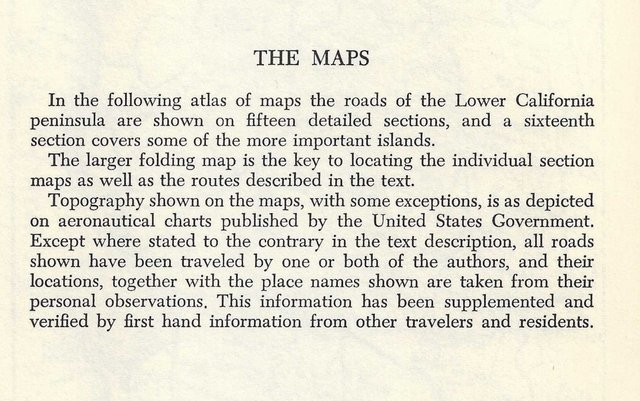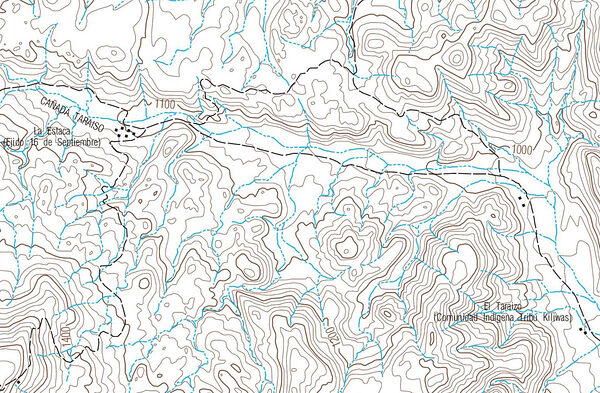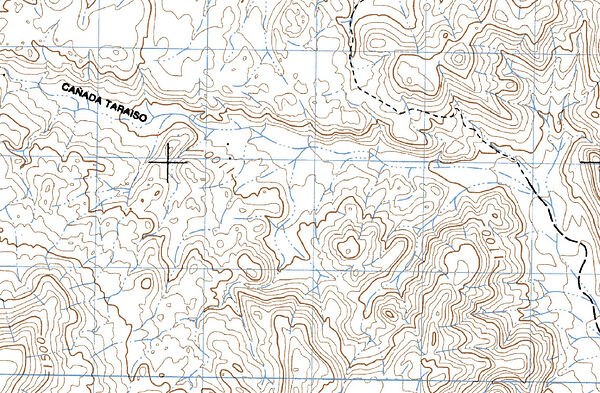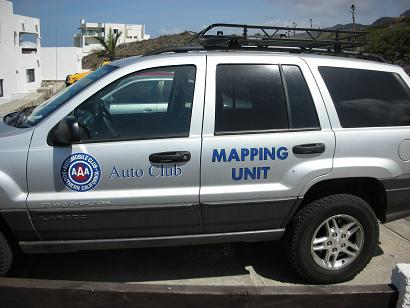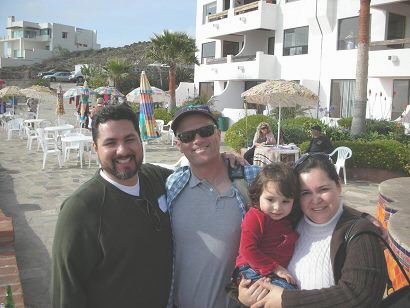Yep.
Personally, I'd consider that uncommon use to form diminutives in Mexican Spanish, which is why I am curious who originally came up with the "illita"
spelling. The "iita" spelling, far from being "odd", would be the more likely by a literate Spanish speaker.
Looking at your map collection, the first instance I see of the "illita" spelling is Gulick's '58 map; did he (a non-native speaker) transcribe it
that way? If so, maybe those later "odd" spellings are attempts to correct it.
BTW, the "Ll" and "Ch" as single letters have not been part of the Spanish alphabet since 1994.  |




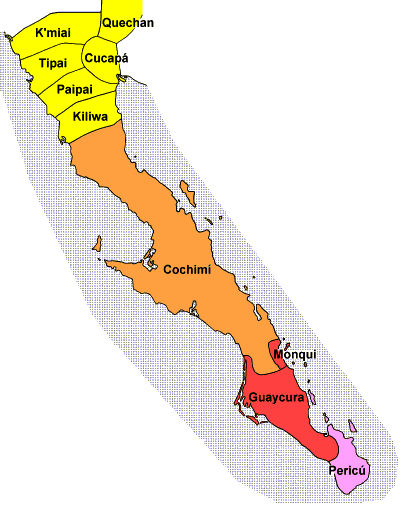
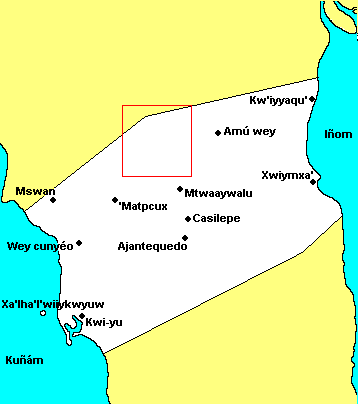
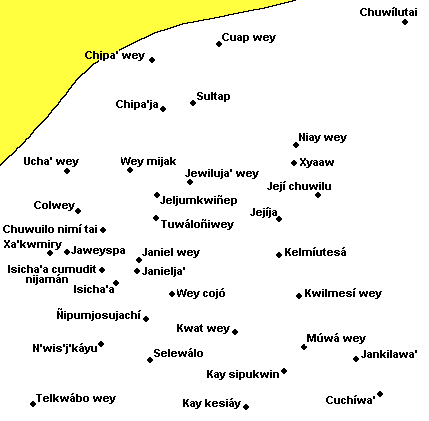

 ) and use the INEGI link on VivaBaja.com/maps at this link near the top:
) and use the INEGI link on VivaBaja.com/maps at this link near the top: 

